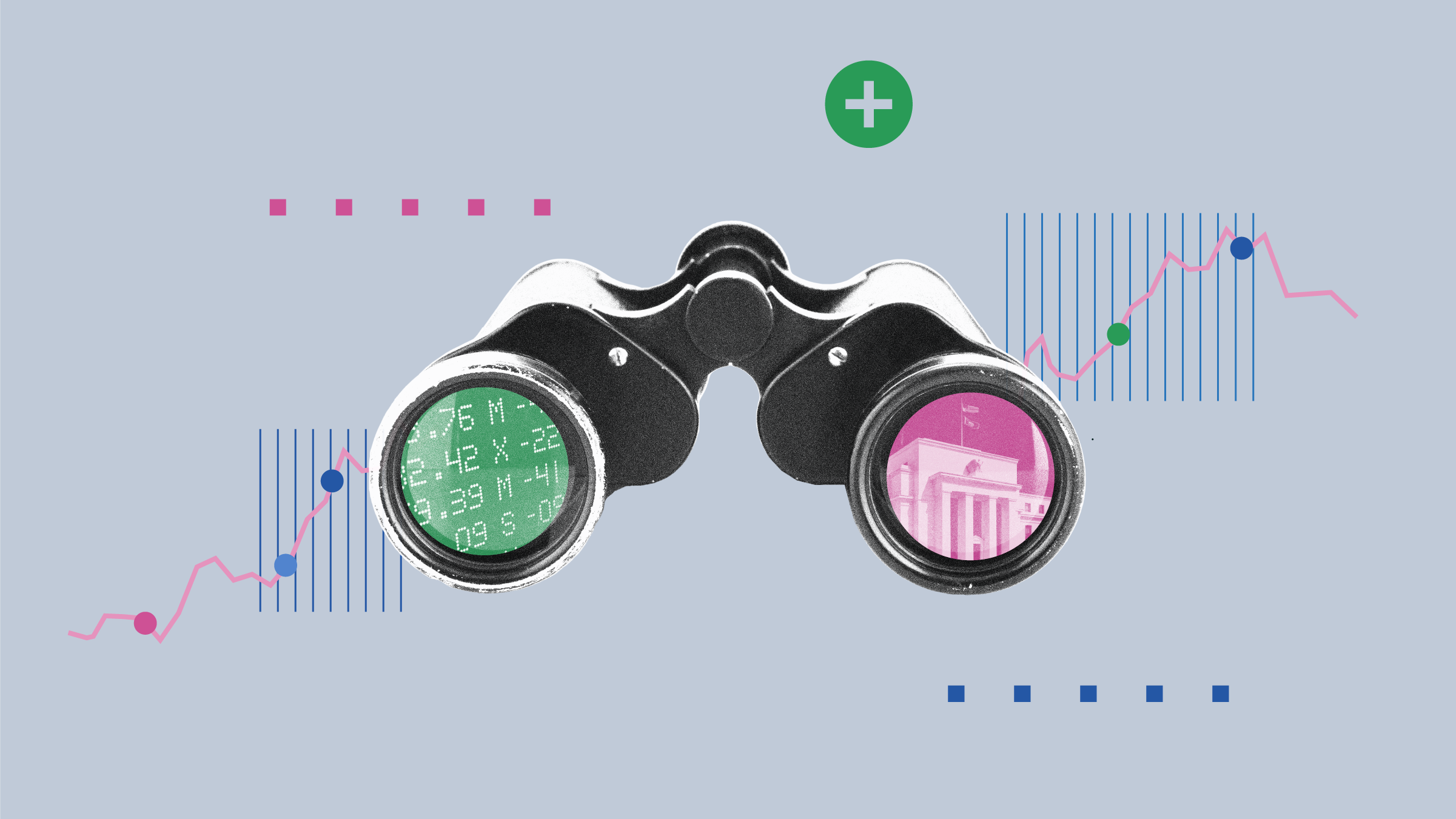
The start of a new year is a good time to review your investment portfolios (and waistlines) and trim the fat. This year, I've decided it's time to slim down my own bloated portfolio.
My first two investments were a pair of domestic equity ESG exchange-traded funds. A few months later I added an international equity fund. Then came a selloff in Chinese equities and I piled into two Asia focused exchange-traded funds (ETFs). A mild diversification panic saw a handful of property and infrastructure funds join the line-up. Before I knew it, my portfolio had grown to 14 different funds.
At the end of last year, I sat down to rebalance my portfolio and was overwhelmed by the decisions on offer. I set the goal of trimming my investments down to a more manageable four or five.
To guide the process I spoke with financial advisers and Morningstar experts. What follows are their suggestions for decluttering a portfolio this year.
Before we start, two points. Portfolio slimming is one part of a broader annual review, which should include a look at asset allocation, your savings rate and tax efficiency. Second, selling creates capital gains tax events. Investors should consult a specialist if they will be realising large losses or gains.
More Time, Lower Costs
I’d decided to take the knife to my portfolio in pursuit of simplicity, but many investors doing the same can save on cost and free up time, according to several analysts.
A slimmer portfolio helps investors with small balances keep costs down, says Tim Murphy, a director in the Morningstar manager research team. The brokerage costs of buying and selling to rebalance a small portfolio can eat into nest eggs, he says.
“Simplicity is good, especially for smaller balances,” says Murphy.
“It varies but I would say for anyone with less than $50,000 who is young and has a long investment time frame, holding a single growth or high growth fund can make sense.”
Then there are the benefits of focus. Decluttering a busy portfolio helps investors laser in on whether investments are contributing to goals, says Christine Benz, Morningstar’s director of personal finance.
It also means more time to research and understand what you are buying, says Liam Shorte, a financial adviser at Verante. Juggling a portfolio of thirty stocks means due diligence is likely to slip.
“You don’t want to end up in 25 or 30 stocks to get diversification when you could have a core plus five or six,” he says.
“Then you can manage that five or six and do more research and understand the stocks you’re in.”
Finally, there’s a more prosaic win: time. Fewer hours spent juggling tax returns or hunched over a spreadsheet managing a rebalance is more hours with loved ones or tinkering in the shed.
So, what steps can investors can take to simplify?
Slim to a Core
First, Shorte suggests investors pick out a small number of your funds to form a diversified “core” portfolio. He likes ETFs that give low cost diversification, such as those provided by Vanguard: in this case (Australia), Vanguard MSCI International Shares (ASX: VGS).
Morningstar’s Susan Dziubinski adds two rules of thumb: passive over active, and broad-market index over specific styles, such as growth or value.
“Passive investments have no key-person risk and no strategy surprises—and therefore arguably require less monitoring than their actively managed counterparts,” she says.
“Some might say that you can't beat the market if you're indexing it, which is of course true. But is a shot at beating the market really worth the extra monitoring? For most, probably not.”
Investors can also outsource the decision to a fund manager by buying into an “all-in-one” multi-asset fund. These funds blend different asset classes like equities, bonds and cash into a single product. Silver rated Vanguard Diversified High Growth (ASX: VDHG) is one of the best options in the space, according to Morningstar analyst Chris Tate.
For investors looking for an ESG-friendly core, Vanguard offers ethically conscious versions of its funds. BetaShares similarly offers a range of local and domestic sustainability-oriented options.
Crosscheck Against Your Goals
Investments should retain their place in a portfolio only if they align with your goals, says Christine Benz, Morningstar director of personal finance. For those unclear about their goals, consider Morningstar’s goal setting tool, and perhaps read this piece on what realistic financial goals actually are.
Growth, income and stability are the three main checkboxes to check an investment off against, she says. The best tick off more than one. For example, bonds are a source of stability but should provide a little income as well.
For evaluating growth picks, Benz recommends comparing performance against a broad-market equity index.
A dip shouldn’t automatically consign investments to the cutting board, so consider cross-checking against Morningstar’s ratings. In the case of Australia, Magellan Open Class is a case in point. The fund has lagged the Morningstar Global ex Australia TME index by 7% over the last year, but Morningstar analysts maintained their Gold rating through recent turmoil, seeing limited impact on the fund’s investment strategy.
Wield The Axe
Finally, be ruthless. Shorte says investors should steel themselves to ditch underperforming funds or stocks that no longer meet their goals.
Selling down a big loss was the hardest part for me. A small portion of my portfolio was allocated to speculative bets, including one biomedical name. Down 38%, I decided to cut and run.
“The hardest thing is to sell at a loss. Time and time again people are afraid to press that sell button,” says Shorte.
“Every investor makes mistakes, the key to it is realising that and moving on to achieve what you want to achieve.”





























